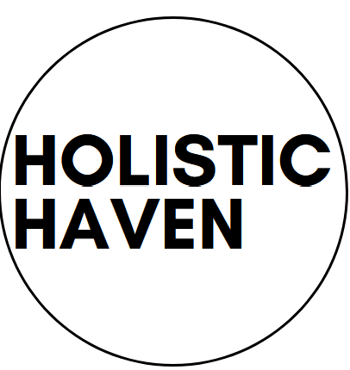How Proper Hydration Prevents Injuries in Weightlifting and Conditioning
4/14/20251 min read


When it comes to preventing injuries, most people focus on stretching, warming up, or wearing the right shoes — but there’s one thing many overlook: hydration.
Whether you're weightlifting, hitting a tough conditioning session, or just staying active, being well-hydrated is key to protecting your joints, muscles, and overall performance.
What Happens When You're Dehydrated?
Even slight dehydration can:
Increase muscle cramping
Reduce joint lubrication
Impair mental focus and reaction time
Elevate your risk of strains, sprains, and overuse injuries
Water supports every system in your body — especially when you're moving and sweating.
How to Hydrate for Weightlifting
Lifting may not leave you drenched, but it still taxes your muscles, joints, and nervous system.
Before lifting:
Drink 16–20 oz of water 1–2 hours prior
Add electrolytes if you're lifting fasted or in the heat
During lifting:
Sip 5–10 oz every 15–20 min
Use a hydration mix if doing high reps, supersets, or long sessions
After lifting:
Rehydrate with 16–24 oz of water
Include sodium, potassium, and magnesium for muscle recovery
Pair with a protein + carb meal
How to Hydrate for Conditioning & HIIT
High-intensity workouts raise your core temp and sweat rate, which depletes fluids fast — increasing your injury risk.
Before:
16–24 oz of water + electrolytes 1–2 hours before training
Avoid dehydrating energy drinks or coffee pre-workout
During:
Sip 7–10 oz every 15–20 min
Use sports drinks if training lasts over 45 minutes
After:
Drink 20–24 oz per pound of sweat lost (if weighed)
Focus on electrolyte-rich drinks, not just plain water
Daily Hydration Tips for Injury Prevention
Aim for half your body weight in ounces of water per day
Check your urine: pale yellow = hydrated
Don’t wait until you’re thirsty — that’s already too late
Carry a water bottle with markers to stay consistent
